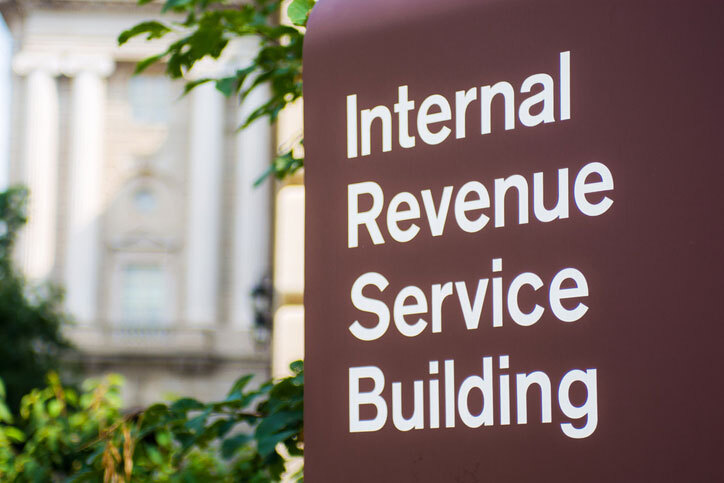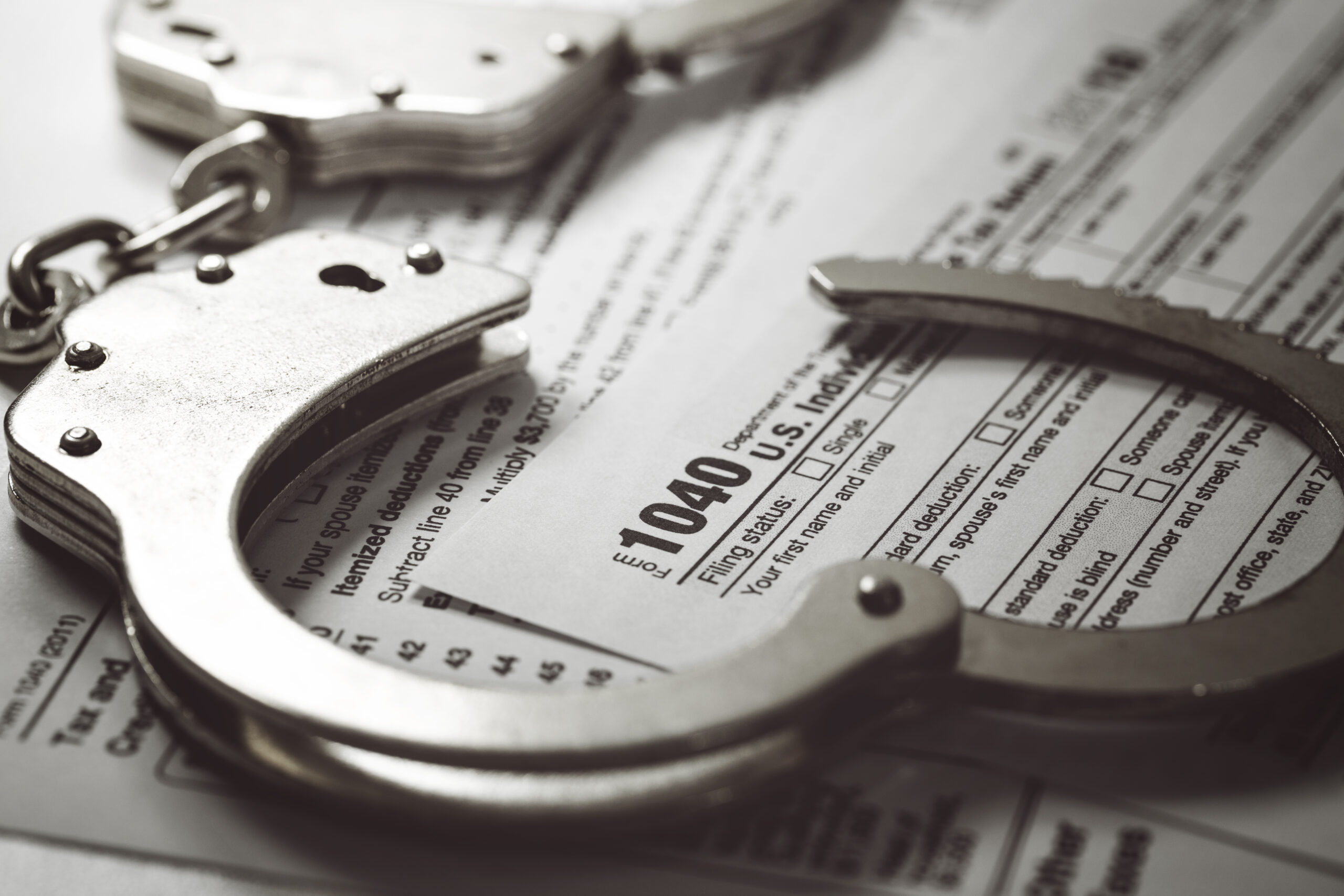Why You Should Still Resolve Liens and Levies During COVID-19
Recently, the federal government passed a 2-trillion-dollar stimulus package to assist those economically affected in the wake of COVID-19.
The IRS also decided to push its traditional April 15th tax deadline to July 15th, 2020. For those with tax liens and levies, you may be wondering if the IRS will also modify its collection activities due to the recent business and government disruptions.
Furthermore, some of you might be unsure of how to even resolve your current tax liens or levies. Where do you start? What is the difference between the two?
TaxRise is here to answer all of these questions.
IRS Update: Collection Activities Have Been Modified
As of March 30th, 2020, the IRS suspended new automated levies and new systemic liens and levies along with the issuance of levies and notices of a tax lien. Additionally, ‘new’ levies and notices of federal tax lien will not be issued unless in the case of pressing circumstances.
This is only temporary, however, as the IRS will resume issuance of liens and levies on July 15th, 2020, the same date as the modified tax deadline.
Though this is good news, as it gives many taxpayers some breathing room, these liens and levies are not going away. The IRS will not be automatically releasing levies on account of the pandemic.
If you feel unprepared for July, reach out to one of our tax experts.
What are Tax Liens and Levies?
For those who are unaware of what a tax lien or levy is, the IRS update that their issuance is momentarily paused is probably confusing. To clear up the confusion, here are explanations of the two.
Tax Lien
A tax lien is a declaration of legal right to your property issued by the IRS. A tax lien is the result of you neglecting to pay your federal tax debt.
A lien doesn’t give the federal government the power to actually seize your assets, but it does give them the ability to secure the interest in said property. It also signifies that they have the first legal claim to your property.
The purpose of a tax lien is to ensure that the federal government receives your taxes owed before any other creditor, lender, or entity.
Tax Levy
A tax levy is much more serious than a tax lien and is considered by many to be the harshest collection action of the IRS. This is because it is the legal seizure of your assets to repay a debt.
The process by which a tax levy comes into effect is that first, the IRS issues a Notice and Demand for Payment. This means that if you neglect to pay any taxes owed the levy will be enacted. Then, the IRS will issue a Final Notice of Intent to Levy and a Notice of Your Right to a Hearing at least 30 days before the levy’s start date.
Additional features of tax levies that you should be aware of include bank levies and property seizure. A bank levy occurs when the IRS instructs your bank to place a hold on your funds. Property seizure can include your home, car, retirement accounts, life insurance, and passports.
Should you try and Resolve a Tax Lien or Levy Even Though they are Currently Suspended?
The simple and unavoidable answer is yes.
Although the IRS is not issuing any new liens and levies, they are still receiving and processing requests to release levies and lien certificates. Do not neglect to pay off your debt. If anything, you should take advantage of this period to seek the assistance of a tax relief expert at TaxRise.
How Do You Resolve Tax Liens and Levies?
Now that you are aware of the differences between a tax lien and a levy, here is the necessary information you will need to resolve them.
Resolving a Tax Lien
Tax liens are not something you want to linger and continuously accumulate debt. Ideally, you want to deal with them as fast as possible.
The best way to resolve a tax lien is by completely repaying your tax debt. Of course, for those with a significant amount of debt, it is not practical to pay off all of your debt at once. An alternative to paying a bulk sum is to set up a payment plan with the IRS as soon as they send you a Notice and Demand for Payment.
Other options available to you are discharge of property and subordination. Discharge of property will remove the lien from a specific piece of property, increasing your chances of acquiring asset-backed loans. Subordination gives other creditors priority over the IRS, giving you an easier route to securing business loans.
Resolving a Tax Levy
Unlike a lien, a levy can be much more difficult to resolve. But there are still methods you can use to get your assets returned to you. The easiest way is to pay off your tax debt in full. Again, most taxpayers do not normally have the means to pay such a large sum at once.
Alternatively, you could enter into a payment plan with the IRS proving your willingness to pay off your debt. Another option you can choose is proving economic hardship.
‘Economic hardship’ means that the levy prevents the taxpayer from meeting basic, reasonable living expenses. The IRS may ask for additional financial information if you choose this option. If you are not under economic hardship, do not lie and sink yourself into deeper trouble with the IRS.
Learn how easy it is to qualify for tax savings.




